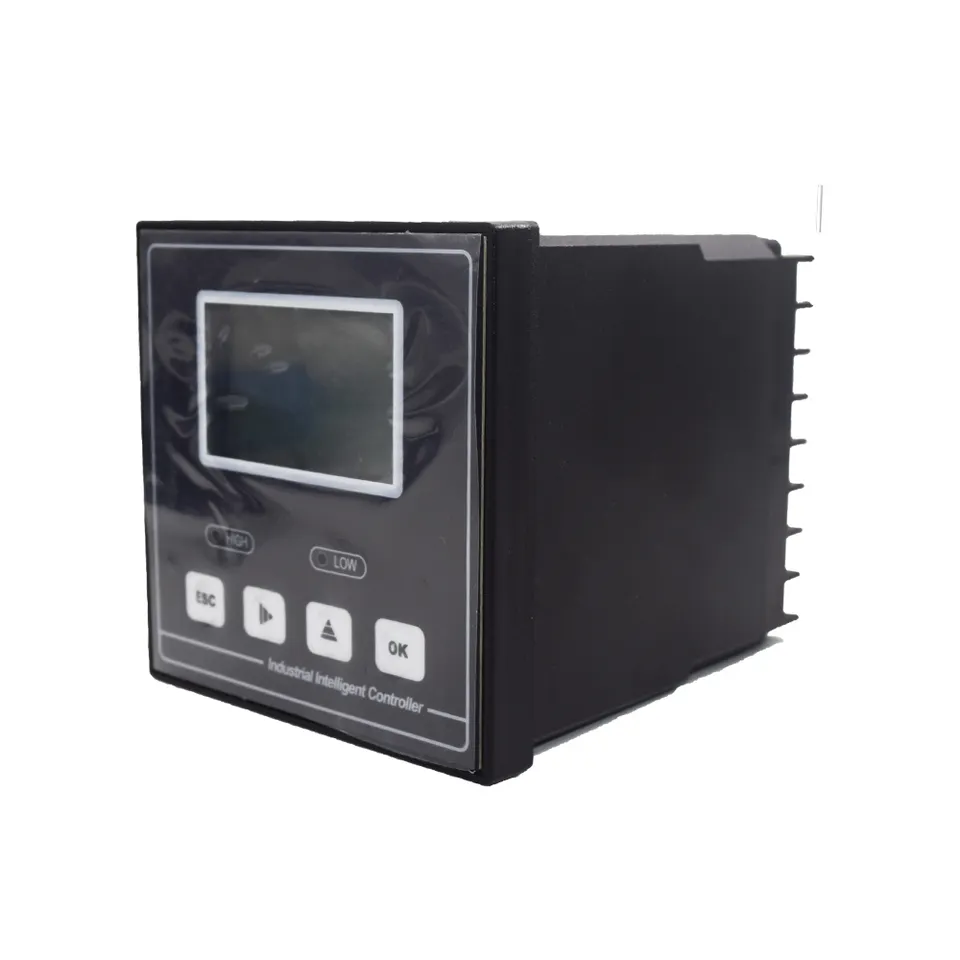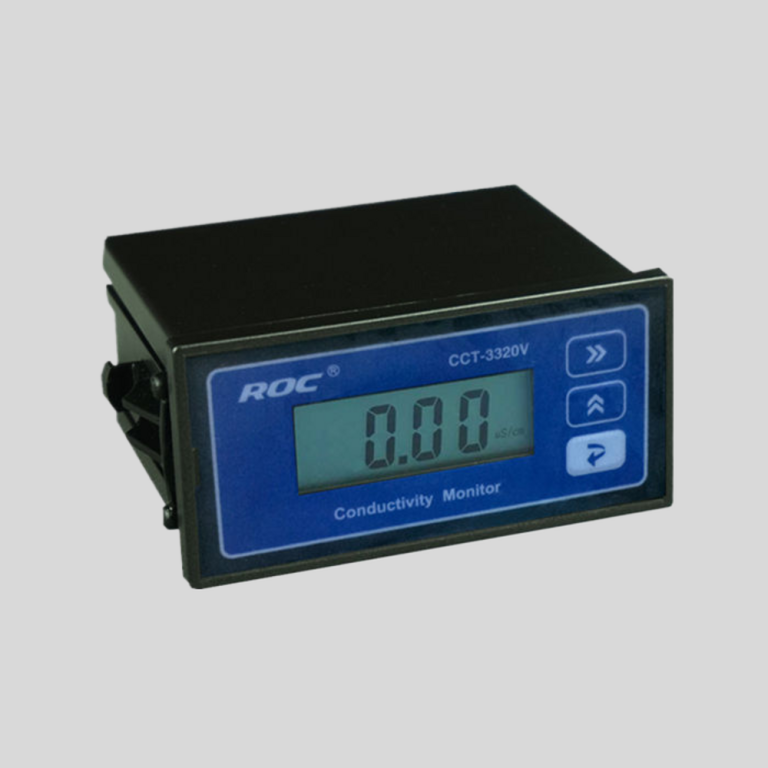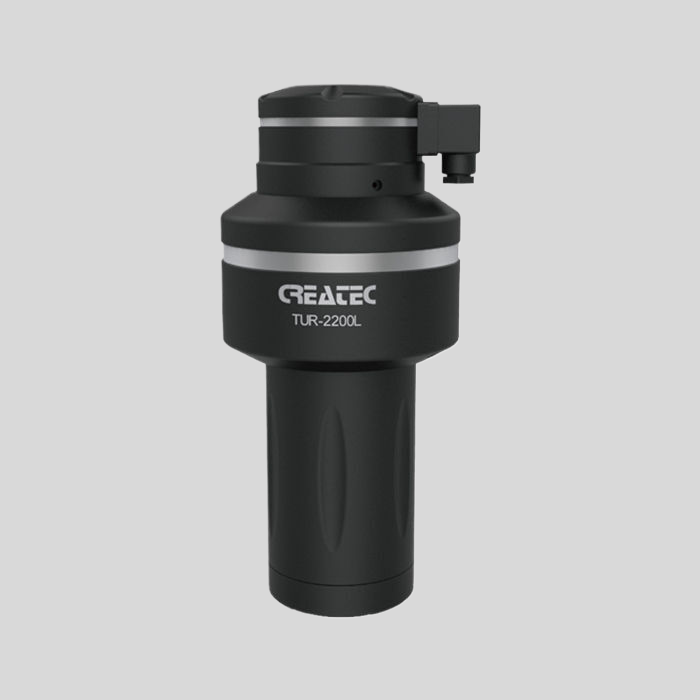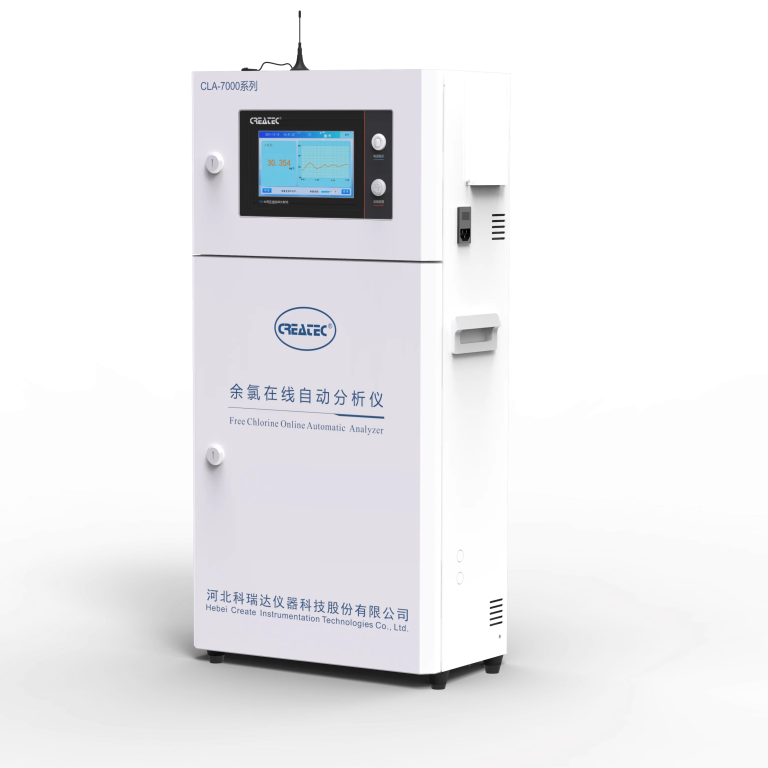Table of Contents
Importance of Well Water Testing Before Selling Your Home
When selling a home, there are many factors to consider in order to ensure a smooth and successful transaction. One important aspect that is often overlooked is the quality of the well water on the property. Well water testing is a crucial step that should not be skipped before putting your home on the market.
Testing the well water before selling your home is important for several reasons. First and foremost, it is essential to ensure the health and safety of the future occupants of the property. Contaminated well water can pose serious health risks, such as bacterial infections, gastrointestinal illnesses, and even long-term health effects. By testing the well water, you can identify any potential contaminants and take the necessary steps to address them before selling your home.
In addition to health concerns, the quality of the well water can also impact the value of your home. Potential buyers are becoming increasingly aware of the importance of clean and safe drinking water, and many are willing to pay a premium for a property with high-quality well water. By testing the well water and providing potential buyers with the results, you can demonstrate that your property is a safe and desirable investment.
Furthermore, testing the well water can help you avoid any last-minute surprises during the closing process. If contaminants are found in the well water after a purchase agreement has been signed, it can lead to delays, additional costs, and even the cancellation of the sale. By conducting a well water test early on in the selling process, you can address any issues proactively and ensure a smooth and seamless transaction.
There are several key contaminants that should be tested for in well water, including bacteria, nitrates, lead, arsenic, and volatile organic compounds. These contaminants can enter the well water from a variety of sources, such as agricultural runoff, septic systems, and industrial pollution. Testing for these contaminants is essential to ensure the safety and quality of the well water on your property.
When conducting a well water test, it is important to hire a qualified and experienced professional to collect and analyze the samples. A certified laboratory will be able to provide accurate and reliable results, which can then be used to determine the best course of action for addressing any contaminants that are found. In some cases, simple solutions such as installing a water filtration system or disinfecting the well may be all that is needed to improve the quality of the well water.
In conclusion, well water testing is a critical step that should not be overlooked when selling your home. By ensuring the health and safety of the future occupants, demonstrating the value of your property, and avoiding any last-minute surprises, well water testing can help you achieve a successful and stress-free sale. If you are considering selling your home, be sure to prioritize well water testing as part of the selling process.
Common Contaminants Found in Well Water and How to Address Them
When selling a home with a private well, it is important to have the water tested to ensure that it is safe for consumption. Well water can contain various contaminants that may pose health risks to the occupants of the home. Common contaminants found in well water include bacteria, nitrates, arsenic, lead, and volatile organic compounds (VOCs). It is essential to address these contaminants to ensure that the water is safe for drinking and other household uses.

| Model | CIT-8800 Inductive Conductivity/Concentration Oline Controller |
| Concentration | 1.NaOH:(0~15)% or(25~50)%; 2.HNO3:(0~25)% or(36~82)%; 3.User-defined concentration curves |
| Conductivity | (500~2,000,000)uS/cm |
| TDS | (250~1,000,000)ppm |
| Temp. | (0~120)\u00b0C |
| Resolution | Conductivity: 0.01uS/cm; Concentration: 0.01%; TDS:0.01ppm, Temp.: 0.1\u2103 |
| Accuracy | Conductivity: (500~1000)uS/cm +/-10uS/cm; (1~2000)mS/cm+/-1.0% |
| TDS: 1.5 level, Temp.: +/-0.5\u2103 | |
| Temp. compensation | Range: (0~120)\u00b0C; element: Pt1000 |
| Communication port | RS485.Modbus RTU protocol |
| Analog output | Two channels isolated/ transportable (4-20)mA, Instrument / Transmitter for selection |
| Control Output | Triple channels semiconductor photoelectric switch, Programmable Switch, pulse and frequency |
| Working Environment | Temp.(0~50)\u2103; relative humidity <95%RH (non-condensing) |
| Storage Environment | Temp.(-20~60)\u2103;Relative Humidity \u226485%RH (none condensation) |
| Power Supply | DC 24V+15% |
| Protection Level | IP65 (with rear cover) |
| Dimension | 96mmx96mmx94mm(HxWxD) |
| Hole Size | 9lmmx91mm(HxW) |
Bacteria are one of the most common contaminants found in well water. Coliform bacteria, including E. coli, can indicate the presence of fecal contamination in the water. This can pose serious health risks, including gastrointestinal illnesses. To address bacterial contamination, homeowners can install a UV disinfection system or chlorination system to kill the bacteria in the water. Regular testing is essential to ensure that the treatment system is effectively removing the bacteria from the water.
Nitrates are another common contaminant found in well water, especially in agricultural areas where fertilizers are used. High levels of nitrates in drinking water can pose health risks, particularly to infants and pregnant women. To address nitrate contamination, homeowners can install a reverse osmosis system or a nitrate-specific filter to remove the nitrates from the water. Regular testing is essential to monitor nitrate levels and ensure that the treatment system is working effectively.
Arsenic is a naturally occurring contaminant found in some well water sources. Long-term exposure to arsenic in drinking water can increase the risk of cancer and other health problems. To address arsenic contamination, homeowners can install a point-of-use reverse osmosis system or a whole-house arsenic removal system. Regular testing is essential to monitor arsenic levels and ensure that the treatment system is effectively removing the arsenic from the water.
Lead is a common contaminant found in older homes with lead pipes or plumbing fixtures. Exposure to lead in drinking water can pose serious health risks, particularly to children and pregnant women. To address lead contamination, homeowners can install a point-of-use lead filter or replace lead pipes and fixtures with lead-free alternatives. Regular testing is essential to monitor lead levels and ensure that the treatment system is effectively removing the lead from the water.
Volatile organic compounds (VOCs) are chemicals found in some well water sources, often as a result of industrial or agricultural activities. Exposure to VOCs in drinking water can pose health risks, including cancer and other health problems. To address VOC contamination, homeowners can install a point-of-use activated carbon filter or a whole-house VOC removal system. Regular testing is essential to monitor VOC levels and ensure that the treatment system is effectively removing the VOCs from the water.
In conclusion, well water testing is essential when selling a home with a private well to ensure that the water is safe for consumption. Common contaminants found in well water include bacteria, nitrates, arsenic, lead, and volatile organic compounds. Homeowners can address these contaminants by installing appropriate treatment systems and conducting regular testing to ensure that the water is safe for drinking and other household uses. By addressing these contaminants, homeowners can provide peace of mind to potential buyers and ensure a smooth sale of their home.




